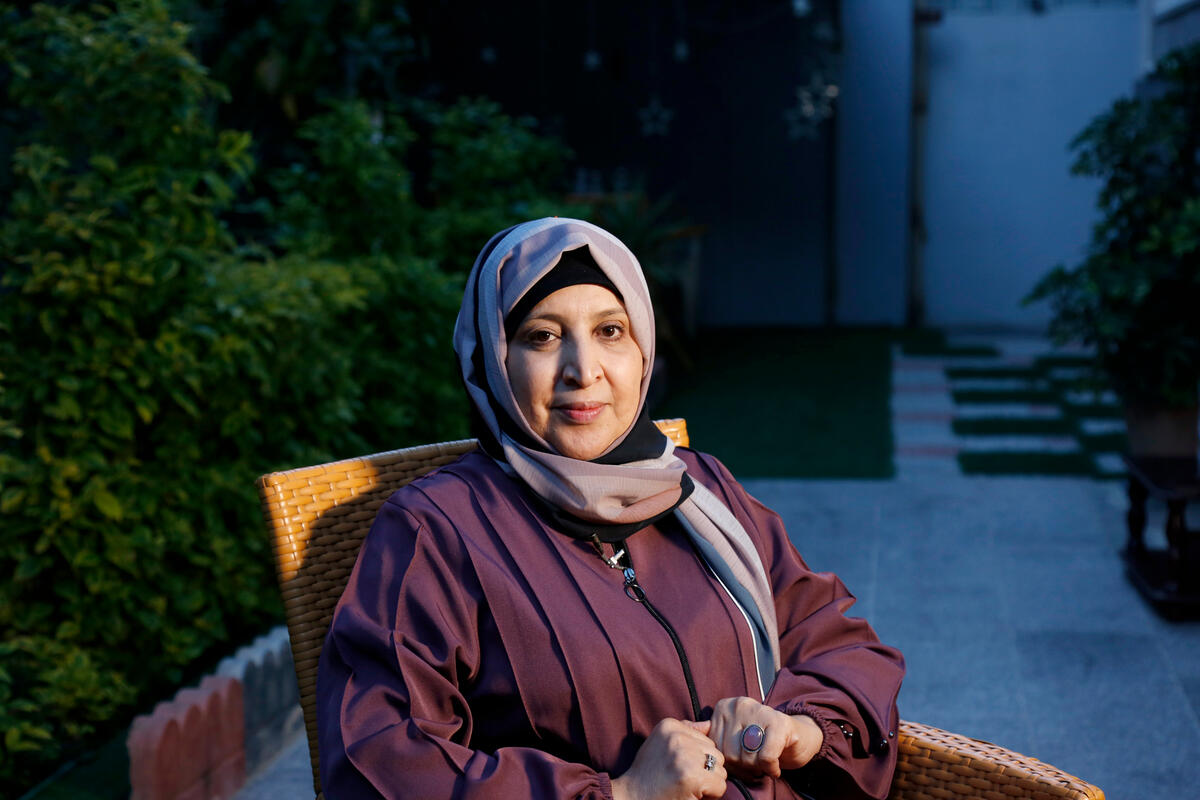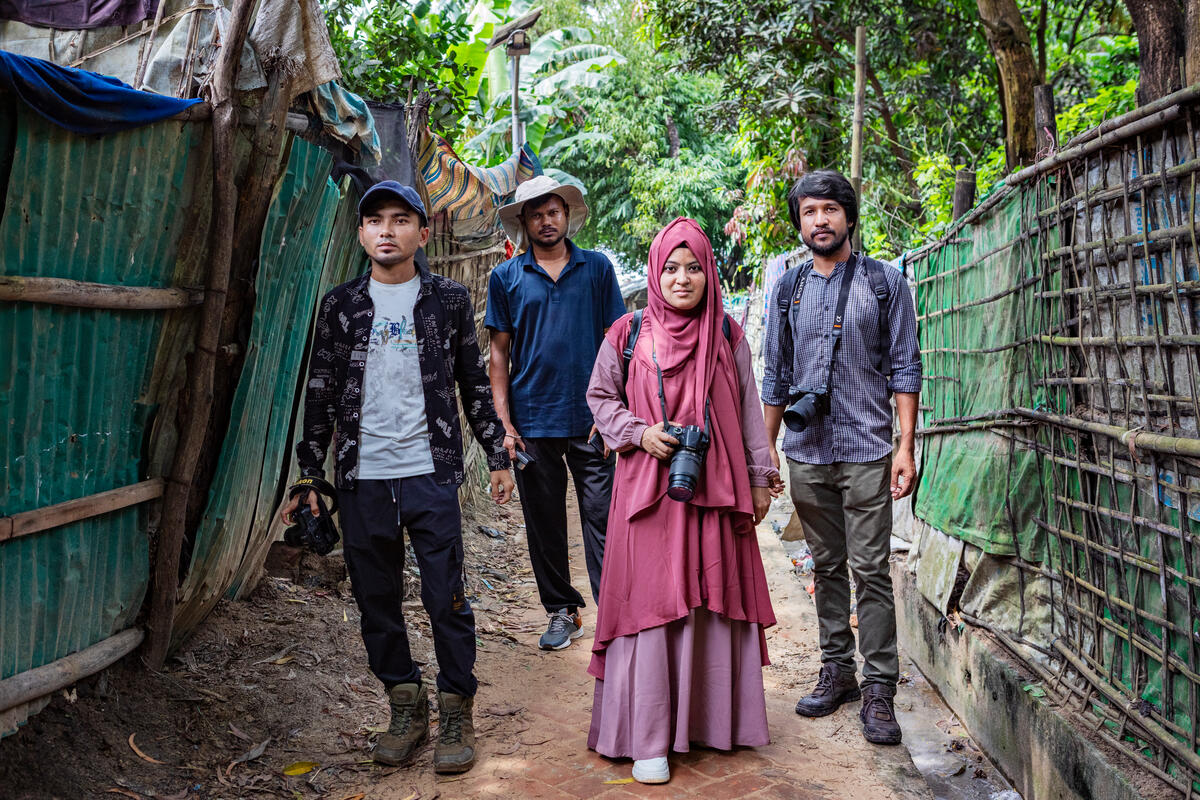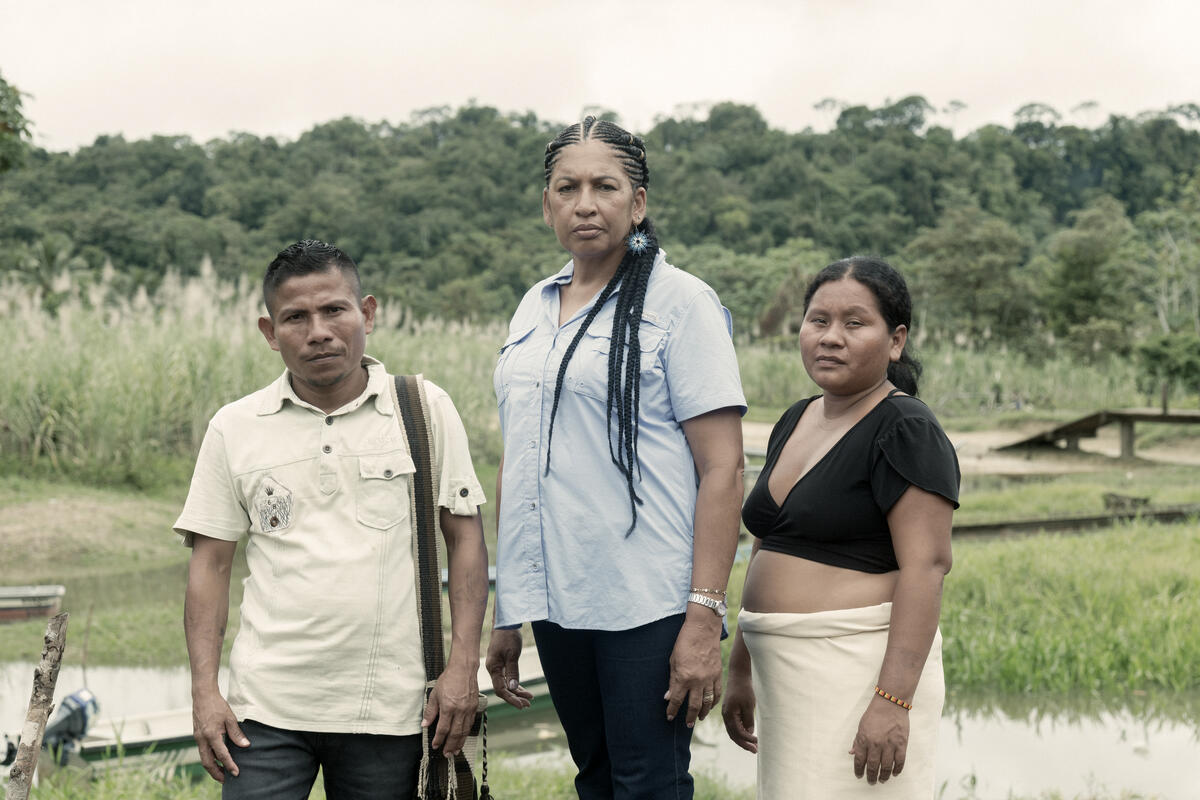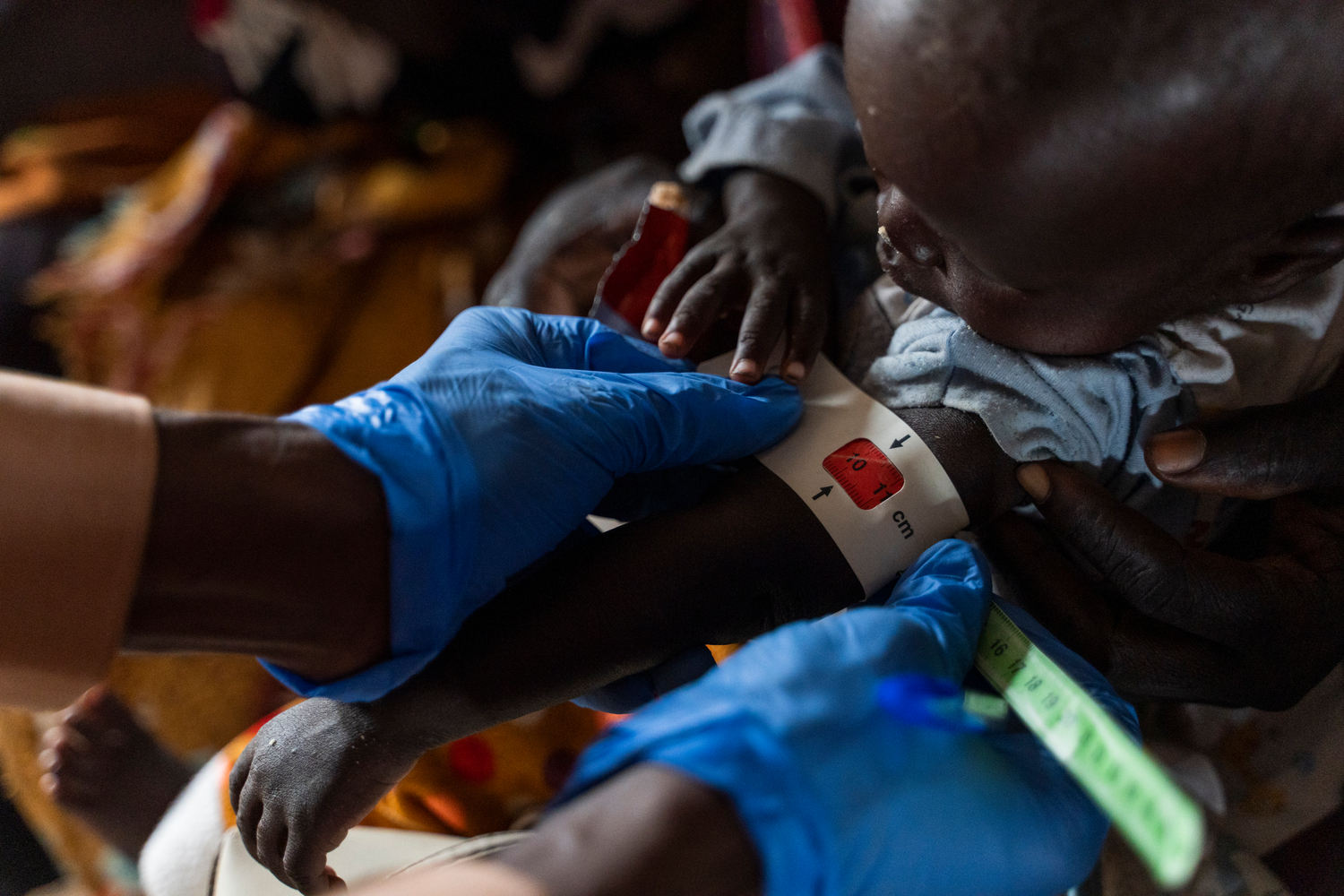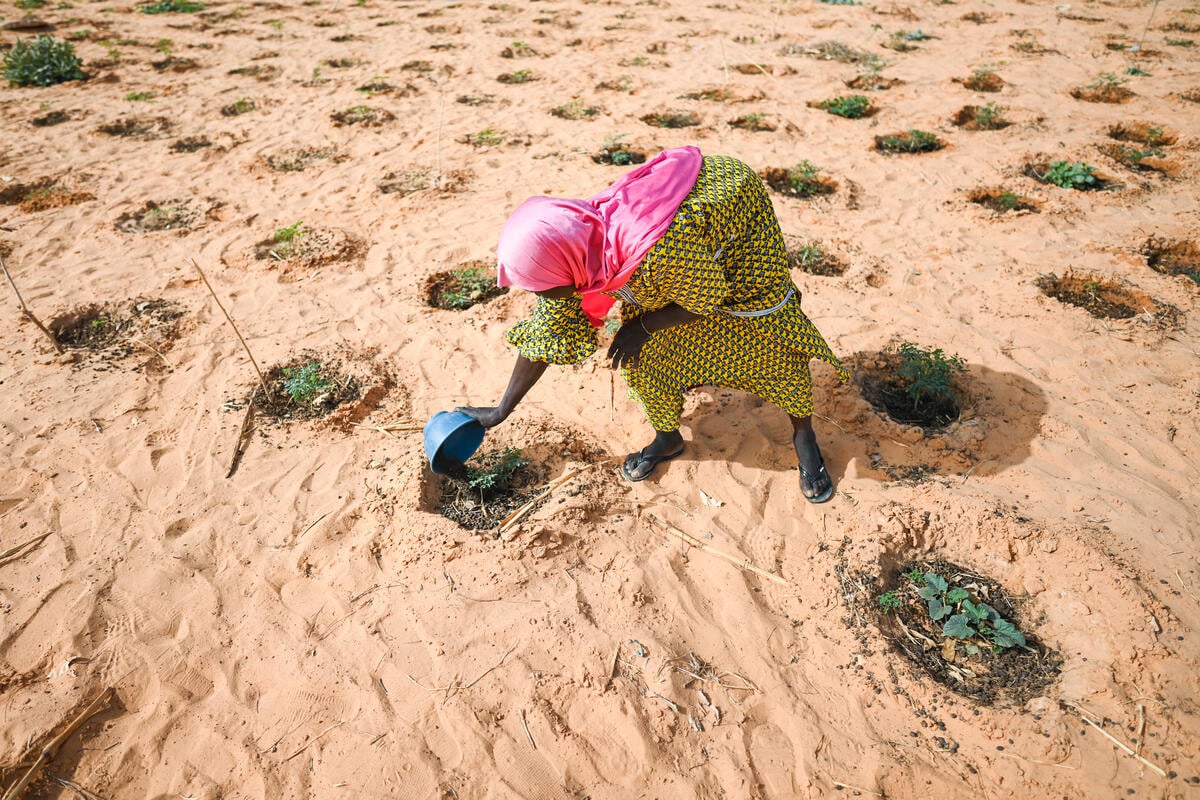Education and the future for Afghan refugees

Education and the future for Afghan refugees
This year's Nansen Refugee Award winner, Aqeela Asifi, is being honoured for her courageous work and significant contribution to refugee girls' education. Since arriving in Kot Chandana refugee village in Punjab, Pakistan, 23 years ago, Asifi has worked tirelessly to allow the girls of its deeply conservative and impoverished Afghan refugee community to access primary and secondary education.
To date, her hard work, sensitivity to cultural and religious values, and persistence have resulted in one thousand girls having the opportunity to attend her school at both primary and secondary level, receiving national lower secondary certification. Two generations of graduates have passed through her school, going on to become teachers, pursue further education and support their families, in Pakistan as well as upon their return to Afghanistan.
The true value of Asifi's contribution to her community and girls' education as a whole is difficult to comprehend without understanding the extremely challenging context within which she has operated over the past 23 years. This report (especially in its more extensive PDF version) seeks to provide that context. Drawn from field interviews in Pakistan, as well as desk research, the report looks at the education landscape for Afghan refugees in Pakistan, with a special focus on girls. It outlines some of the challenges children face in accessing quality education and the dangers if quality education is not provided – for both boys and girls. It also aims to highlight the considerable benefits primary and secondary education can offer – for the individual, the community, the host country and the country of origin. Finally this report reviews some of the ongoing innovative efforts to deliver increased access to quality education for Afghan refugees in south-west Asia.
Introduction

Conflict is one of the most powerful determinants of whether a child is out of school. Half of the world's out-of-school children are in conflict zones. That's a staggering 29 million young minds out of the classroom. Statistics show that when conflict disrupts a child's education they are less likely to resume. The tragic irony is that those countries whose children are out of school are the very ones that are in the greatest need of educated citizens to help them rebuild. Afghanistan is a prime example of such a nation.
Afghan refugees are one of the largest and longest displaced populations in the world. Three decades of recurrent conflict has led to the education of successive generations of Afghan refugee children being disrupted, discontinued or forgotten, due to a range of barriers that are largely outside their control.
Today an estimated 2.6 million Afghans remain in exile – mainly hosted by Pakistan and the Islamic Republic of Iran. Pakistan is the second largest refugee-hosting country in the world, hosting around 1.5 million Afghan refugees, a figure that accounts for 10.5 per cent of the total global refugee population. Iran hosts around 950,000 Afghan refugees.
The Afghan refugee population in both Pakistan and Iran is young, with second and third generations of children having been born into displacement. Children below the age of 14 account for half of the 2.45 million Afghan refugees in both Pakistan and Iran, while youth (aged 15-24) also make up a significant proportion of the population.

A Challenging Education Context
In the best of circumstances, educating more than a million school-age refugees would be a major challenge. Pakistan and Iran face innumerable obstacles educating their own populations, yet both countries generously allow refugee children to attend their schools. Despite this, enrolment of Afghan children in education remains low.
In Pakistan, some 80 per cent of the school-age Afghan refugee population is currently out of school, resulting in extremely low literacy among Afghan refugees. Only an estimated 33 per cent of Afghan refugees in Pakistan are able to read and write. Literacy among women and girl refugees is even lower, at approximately 7.6 per cent.
Access to education for Afghan refugees in Pakistan sits within an extremely challenging national education context. Pakistan has the second largest number of out-of-school children in the world, with an estimated 25 million Pakistani children out-of-school. Some 62 per cent of those children are girls. As a result of these low levels of access to education, 45 per cent of the adult Pakistani population is illiterate and less than half of the female population over the age of 15 in Pakistan are able to read and write.
"Education is light. Without it we are in the dark forever. We are blind."
In Iran, 98 per cent of the Iranian population aged 15-24 is literate and 94 per cent of the population complete primary school. Afghan refugees have the right to access Iranian public schools, although fees can be restrictive for some Afghan families. That said, in the 2013-2014 school year, 338,276 refugee children, Afghan and Iraqi, accessed education in Iran, a seven per cent increase on the previous year.
In Afghanistan, the education landscape has improved significantly since the fall of the Taliban in 2001. Enrolment rates in Afghan schools have risen, with girls' enrolment in primary rising from less than 40 per cent to over 80 per cent and secondary rising from 5 per cent to over 34 per cent. In just five years, literacy among women and girls aged 15 to 24 has also increased to 30 per cent nationwide and to almost 40 per cent among young urban women in Afghanistan. Whilst these figures are still low, relatively speaking, they show a promising improvement in just five short years. Yet barriers remain, particularly for returnees, including poverty, socio-cultural restrictions upon girls, poor infrastructure and lack of qualified teaching staff, particularly female teachers. In provinces plagued by conflict and instability, as few as one per cent of teachers are female. In Afghanistan an estimated 3.5 million children are still out of school.
Because of the protracted nature of the Afghan displacement, where the education of first generation refugees had been cut short by displacement or was non-existent, second and third generations encounter barriers due to poverty, strict socio-cultural traditions or other institutional reasons. This self-perpetuating cycle particularly affects girls. Low numbers of girl graduates leads to steadily decreasing numbers of female teachers for higher grades, further limiting access to primary and secondary education for future generations.
This not only impacts the Afghan refugee community in Pakistan but has far reaching implications in Afghanistan too, restricting opportunities for sustainable return, stifling the vast potential of Afghan refugee youth and limiting national progress in education and development.

Powerful Potential
When Afghan refugee children are given the opportunity to access primary and secondary education, whether through public schools in their host countries or through community-based mechanisms, the positive results are self-perpetuating – not only improving the lives of individual Afghan students but those of their families, wider community and future generations. Children and youth who access education and training are better equipped to contribute to their host communities during displacement and play their part in the development of their country of origin – as teachers, doctors, engineers or other members of the Afghan workforce. Educated girls go on to become educated mothers, who are able to support their children's schooling, contribute financially, and address their own and their families' health and wellbeing.
The tireless work of educators and community activists, such as this year's Nansen Refugee Award winner, is testament to the fact that solutions can be found, even in the most challenging of contexts. So too, efforts to provide education options for Afghan refugees, by host governments, NGOs, UN agencies, public schools and civil society have unequivocally proven the benefits of education and training, particularly for Afghan refugee girls.
The key challenge is to ensure that all Afghan refugee girls and boys are able to consistently access primary and secondary education and training. Whilst there is still room for progress, there have been a range of innovative solutions.

Community and home-based interventions for girls
Community and home-based schools are proving successful options for girls who would otherwise not have the opportunity to learn, as a result of geographic, economic or socio-cultural restrictions. Community-based education interventions, such as the girls' school set up and run by Aqeela Asifi, are affecting lasting change within remote and conservative communities. In so doing, they are opening up long-term opportunities for Afghan children and youth.

Capacity-building for public schools to increase access for refugees
The benefits for Afghan refugees of accessing full primary and secondary education within the public system in their host country are huge – in terms of learning outcomes, inclusion, protection, opportunities for future study and prospects for voluntary repatriation. This goes hand in hand with UNHCR's overall global policy to support existing systems to absorb refugee learners. However, the public school systems in host communities, particularly in Pakistan, are in many cases already overstretched.
Under the umbrella of the regional Solutions Strategy for Afghan Refugees, interventions like the Refugee-Affected and Hosting Areas (RAHA) project have allowed UNHCR to focus its efforts upon building the capacity of the public school system, to support the inclusion of Afghan students. To help build capacity under the RAHA scheme, UNHCR has funded refurbishment and construction of classrooms, as well as the creation of gender-specific facilities in girls' schools to encourage increased enrolment.

Skills training for refugees
Skills and vocational training is a key solution to allow Afghan refugees the opportunity to sustainably support themselves and their families, within their host communities, as well as upon return to Afghanistan. Training in vocational skills, from tailoring to masonry, plumbing and computers, has proven extremely effective, particularly for women and girls. Training provides better earning opportunities, increases women and girls' mobility, and empowers female refugees within their homes and their communities.
While the education landscape for Afghan refugees may be challenging, creative solutions are emerging, driven by the inspiring work of members of the Afghan refugee community like Aqeela Asifi. Asifi's story captures the hope that education brings for a brighter, more sustainable future for Afghans, both in exile and upon return to Afghanistan. Her story is an inspiring example of how many Afghan refugees are taking their community's struggle into their own hands, using education to break the cycle of poverty and isolation and create a new generation of empowered and educated children. By educating girls, Asifi has gone further still, ensuring the impact of her work spreads far beyond her own community and single generations – lighting the fire of education in generations of girls to come.
View the full report: Breaking the Cycle: Education and the future for Afghan refugees.


